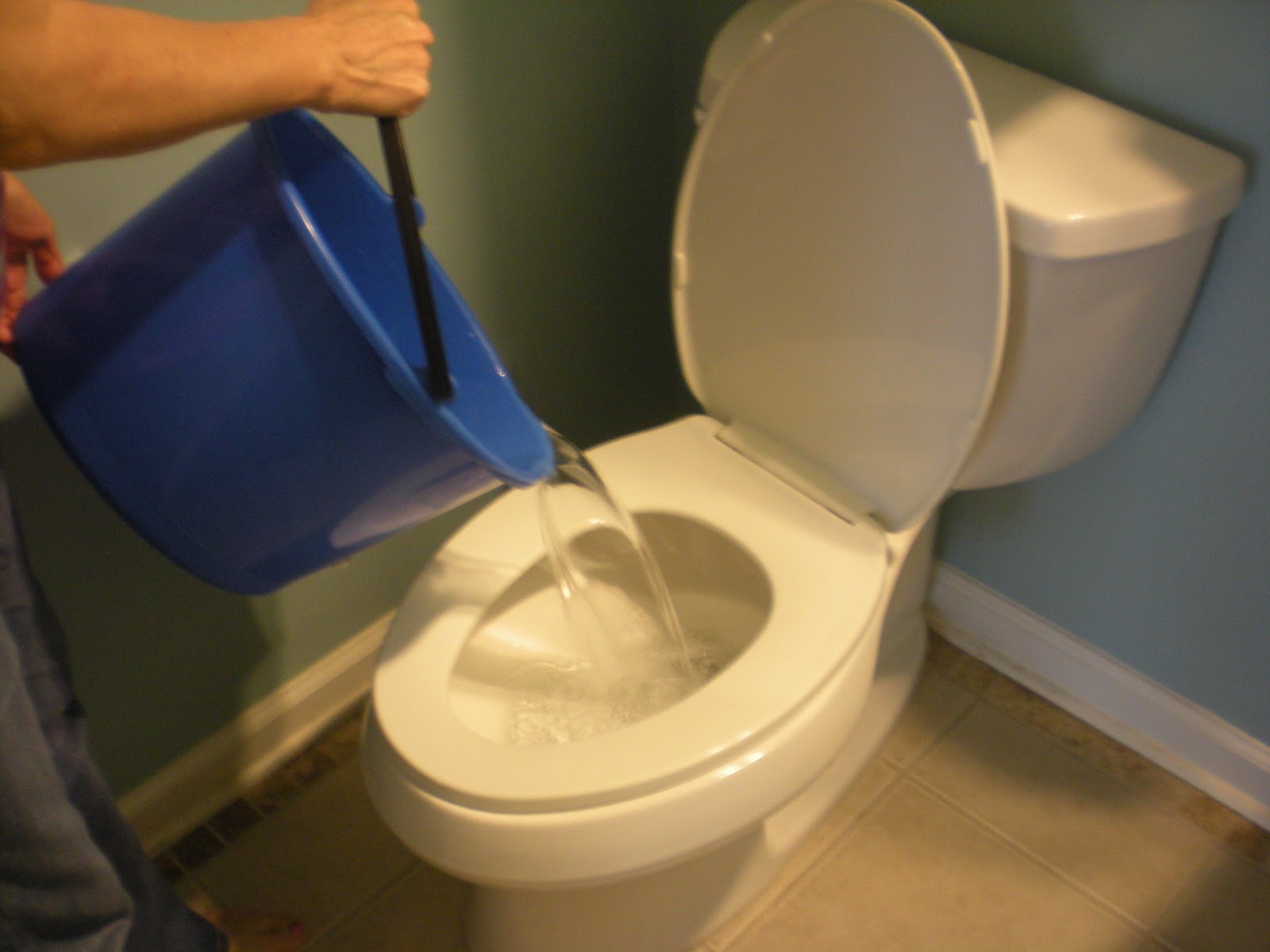When faced with a malfunctioning toilet or a temporary water outage, knowing how to flush a toilet with a bucket of water can be incredibly useful. This method is not only practical but also ensures that your bathroom remains functional during emergencies. In this detailed guide, we will walk you through the step-by-step process of using a bucket of water to flush a toilet effectively, along with some helpful tips and considerations to ensure optimal results.
Understanding the Basics of Toilet Flushing
Before delving into the method of flushing a toilet with a bucket of water, it's essential to understand the basic mechanism behind toilet flushing. A standard toilet operates using a combination of gravity and water pressure to clear waste. When you flush the toilet, water from the tank is released into the bowl, creating a flow that carries waste into the sewer system.
When using a bucket of water, you are mimicking this process by manually adding water to the bowl. This method relies on the same principle of creating enough water flow to carry waste away.
Necessary Supplies
To flush a toilet with a bucket of water, you will need the following items:
1. A Bucket: Choose a bucket that holds at least 5 gallons of water. This amount is typically sufficient to flush a standard toilet.
2. Water: Ensure you have clean, potable water available. If you are using water from a non-potable source, such as a rain barrel, be cautious of potential contaminants.
Step-by-Step Instructions
1. Prepare the Bucket
Begin by filling the bucket with water. If possible, use warm water as it helps in dissolving waste more effectively. Cold water can also work, but it might be less effective at clearing the bowl.
2. Locate the Toilet Bowl
Position yourself near the toilet bowl, ensuring that you have enough space to maneuver the bucket.
3. Pour Water Into the Bowl
Slowly and steadily pour the water from the bucket into the toilet bowl. Aim to pour the water in a swift, continuous stream to mimic the force of a regular flush. This action helps in creating sufficient pressure to move waste through the pipes.
4. Observe the Flow
Watch the water flow as it moves through the bowl and into the drain. The goal is to achieve a strong, swirling motion that clears the waste. If necessary, add more water to ensure a complete flush.
5. Repeat if Necessary
In some cases, a single bucket of water may not be enough to clear the bowl. If you notice that the bowl is still full or waste remains, repeat the process by refilling the bucket and pouring additional water.
Tips for an Effective Flush
Use the Right Amount of Water: Generally, 5 gallons of water should be sufficient for a standard flush. However, if you have a high-efficiency toilet, you might need less water. Experiment to find the optimal amount for your specific toilet.
Pour Quickly and Forcefully: To achieve a proper flush, pour the water quickly and with force. This helps in generating the necessary pressure to clear the bowl effectively.
Ensure Proper Water Flow: Make sure the water flows evenly into the bowl. Avoid pouring in a way that might cause splashing or uneven distribution.
Check for Blockages: If the toilet does not flush properly, there may be a blockage in the pipes. In such cases, using a plunger or seeking professional assistance might be necessary.
Common Issues and Troubleshooting
1. Incomplete Flush
If the toilet bowl does not clear completely after using a bucket of water, it could be due to several reasons:
Insufficient Water Volume: Ensure that you are using enough water to create a powerful flush.
Clogged Pipes: Blockages in the pipes may prevent waste from moving effectively. Using a plunger or plumbing snake can help in resolving this issue.
2. Water Overflows
If the water level in the toilet bowl rises too high and overflows, it may indicate a problem with the water flow or a severe blockage. In such cases:
Reduce the Water Volume: Use less water to prevent overflowing.
Inspect for Blockages: Check for any obstructions in the pipes that may be causing the overflow.
Additional Considerations
1. Environmental Impact
Using a bucket of water to flush a toilet can be a practical solution during emergencies, but it's essential to be mindful of water conservation. Avoid using excessive amounts of water when not necessary, and consider other water-saving methods where possible.
2. Regular Maintenance
To prevent future issues with your toilet, perform regular maintenance checks. Ensure that the flush mechanism and tank components are functioning correctly to avoid potential problems.
Conclusion
Flushing a toilet with a bucket of water is a straightforward yet effective method for dealing with temporary disruptions in your plumbing system. By following the steps outlined in this guide and applying the tips provided, you can ensure a successful flush and maintain the functionality of your toilet during emergencies. Remember to use the right amount of water and be mindful of potential issues to achieve the best results.

